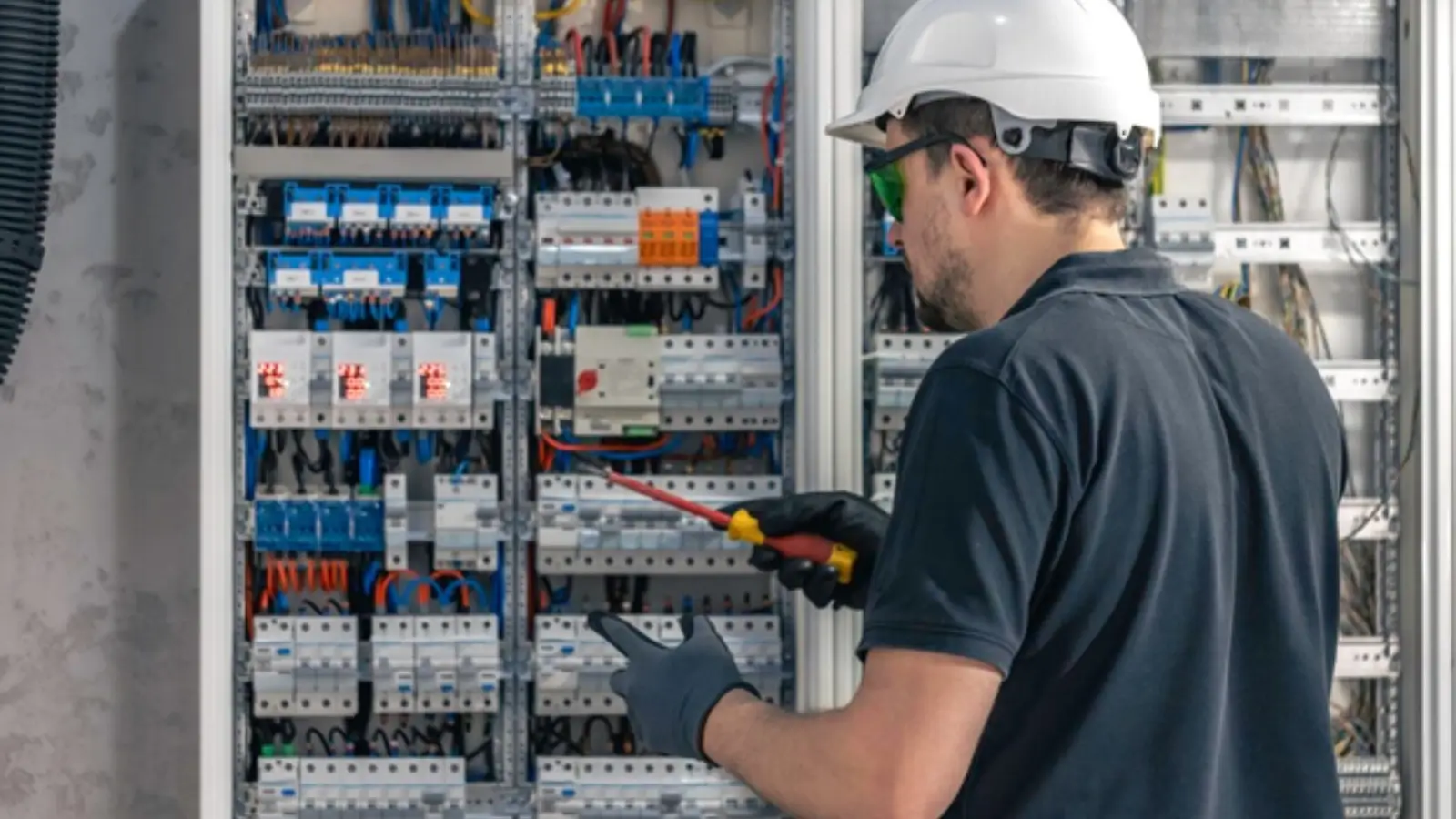Our online experience depends on multiple factors, such as internet speeds, network latency, and throughput. But, if I have to single out the most important factor, it would be bandwidth. It’s because the bandwidth defines the maximum capacity of our network to transfer data at any given time.
Let me explain the bandwidth with an example. Consider there are two freeways, one with ten lanes and the other with two lanes. Now, if you were to travel on those freeways, which do you think would help you reach the destination earlier?
Obviously, the freeway that has ten lanes, simply because it has more space so you won’t face any traffic jams. Plus, the maximum capacity, or you may call the bandwidth of this freeway, is ten lanes. Here, you may also deduce that the higher the bandwidth, the better.
That said, here is everything you need to learn about the bandwidth:
Why is Bandwidth Important?
As an internet user, it’s vital to understand that every connection has limited bandwidth. It is distributed among all the connected devices such as TVs, smart home devices, smartphones, laptops, etc.
Now, note that each time a new device is added to the same connection, the bandwidth shrinks. Relating to the above-mentioned example, increasing the traffic on a freeway may increase the chances of a traffic jam. As a result, vehicles’ speed may also slow down.
So, such is the case with bandwidth because when more devices or users connect to it, the network traffic is congested and may impact your online experience.
Key Differences Between Bandwidth and Other Internet Terms:
As mentioned above, bandwidth is the maximum amount of data a network can carry at a time. But, most people may confuse this concept with other internet terms, such as speed, latency, and throughput.
Below, I will explain the above-mentioned terms so you understand how bandwidth is different.
-
Bandwidth vs. Throughput:
While bandwidth is the maximum amount of data, throughput is the actual amount of data a network can carry at a time. Generally, the throughput of a network is always less than its bandwidth.
-
Bandwidth vs. Speed:
Most people may interchangeably use speed and bandwidth, but they’re quite different. The internet speeds indicate the rate at which the network transfers our data. On the other hand, bandwidth defines our network's maximum capacity to carry it at any given time.
-
Bandwidth vs. Latency:
Latency is the amount of time a network takes to deliver data from its source to your device. Often, this amount is calculated in milliseconds (ms). But even the slightest delay may cause you to experience lag.
Factors Impacting Network Bandwidth
Although several factors may affect the network bandwidth, I’ve explained common ones below:
-
Type of Connection:
The type of connection you use may impact your bandwidth. For instance, you may get more bandwidth if you’re using a wired connection when compared to wireless ones.
-
Network Congestion:
As I mentioned above, the bandwidth is affected by the number of devices or users connected to it. When limited bandwidth is distributed among several devices and users, it may affect the internet speeds and overall internet experience.
-
Router:
In wireless connections, the router distributes the internet signals to the connected devices. Even if you’ve subscribed to a high-speed plan, a poorly placed or outdated router may not offer ample bandwidth to support your online needs.
How to Increase Network Bandwidth?
The following may help to significantly increase your network bandwidth:
-
Upgrade Your Internet Plan:
Upgrading to a high-speed plan may be the surest way to increase your network bandwidth. If you’re subscribed to a low-speed internet plan, your connection may not offer ample bandwidth to cover all your online needs.
However, when you subscribe to a high-speed plan, the available bandwidth may increase and easily cater to your online activities. Personally, I’ve subscribed to one of the high-speed Spectrum Internet packages, which offers ample bandwidth to multiple smart home devices in my home.
-
Adjust Your Router:
Adjusting your router includes two major factors:
- Ideal Placement
- Frequent Updates
The router’s placement is vital because it delivers the internet signals to the connected devices. When it is placed near heavy furniture, thick walls, or more, the internet signals may be hindered by these obstacles.
Additionally, like most electronic devices, routers also receive frequent updates, which are essential for their efficient working. These updates include new features, bug fixes, and others and may affect its performance.
-
Use Ethernet Cable:
Using an ethernet connection is a reliable choice for increased bandwidth, as there may be no external interference involved. Essentially, an ethernet cable is directly attached to your device and delivers the internet signals via the physical cable.
While doing so, fewer internet signals are lost, and the packet loss also stays at a minimum.
-
Remove Background Apps and Disconnect Idle Devices:
Background applications and idle devices connected to the internet discreetly consume the bandwidth. For instance, idle devices connected to the internet may receive and display social media notifications.
Similarly, background applications may also consume bandwidth. However, you may be able save bandwidth if you disconnect the idle devices and close background applications.
Frequently Asked Questions (FAQs):
What is meant by symmetrical bandwidth?
In symmetrical bandwidth, the upload and download speeds remain equal.
How do I check my internet speeds and bandwidth?
There are a lot of reliable speed tests such as the speed test by Ookla that you may use to check your internet speeds and bandwidth.
Can I prioritize bandwidth for specific tasks?
Yes, with QoS (Quality-of-Service routers), you can prioritize bandwidth for important tasks.

















